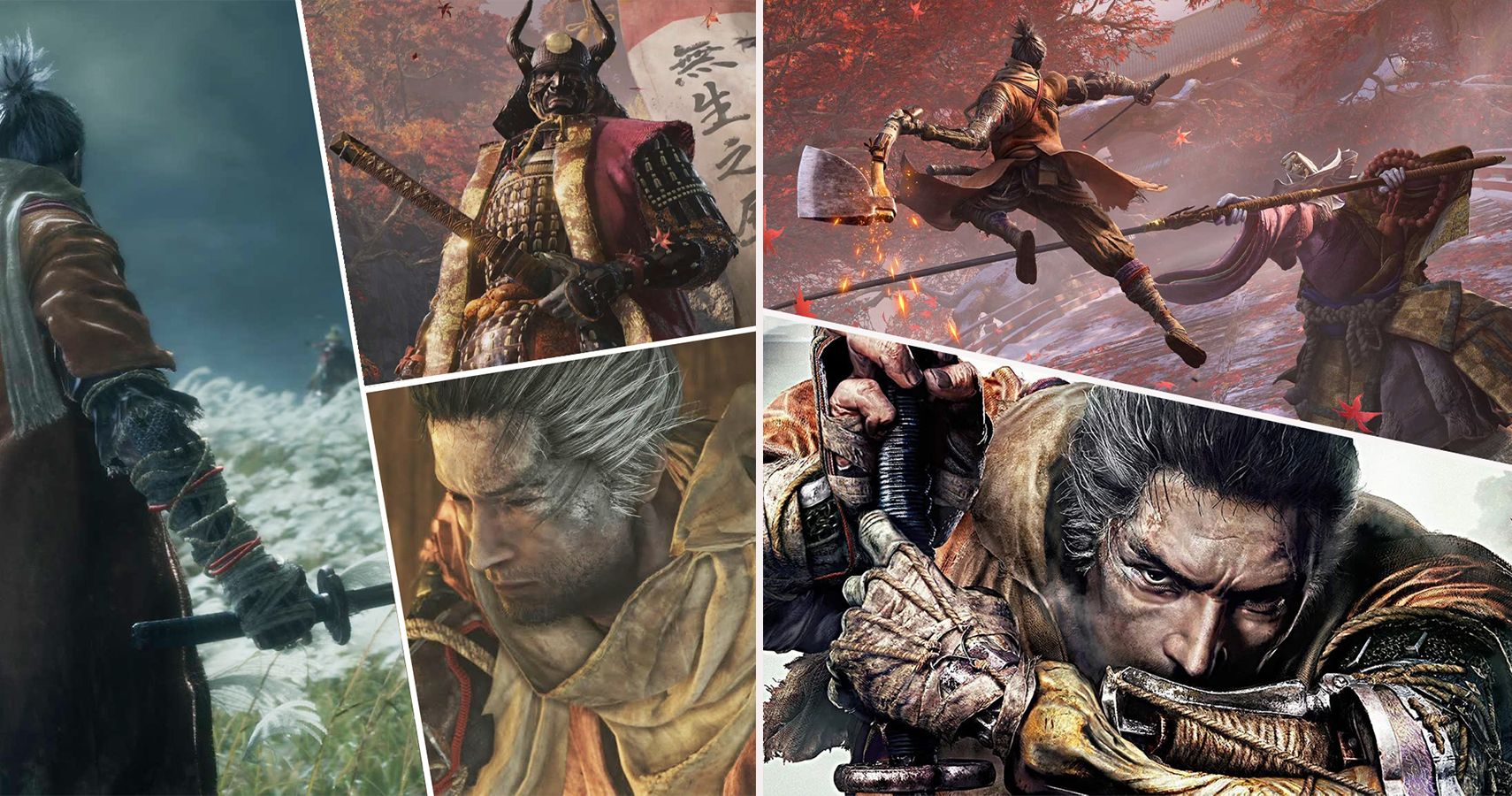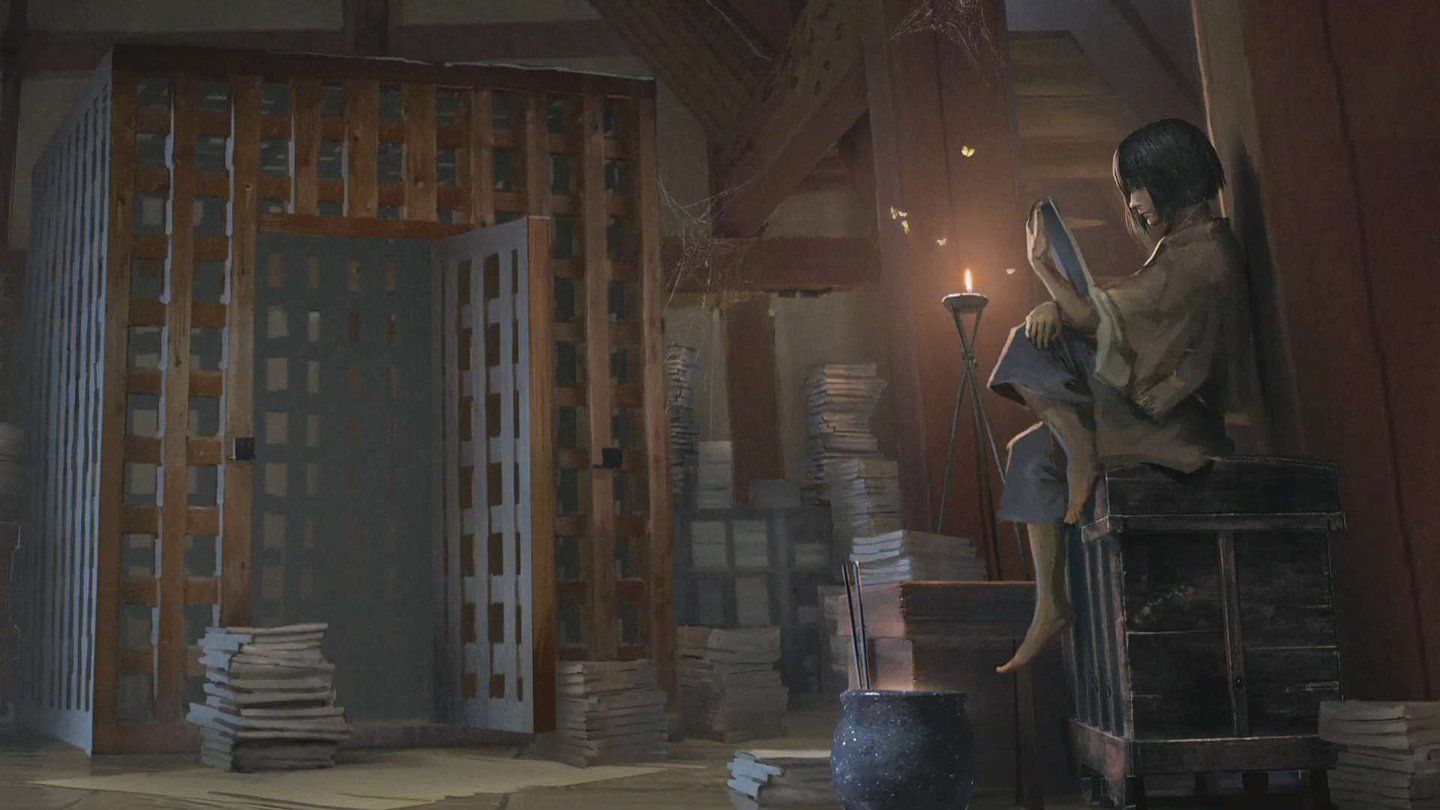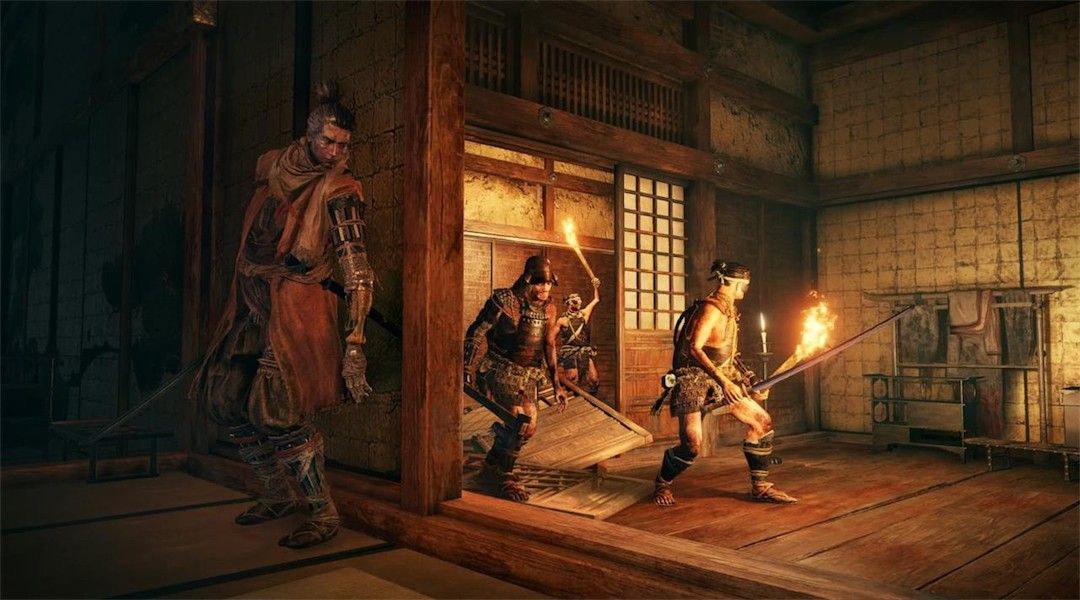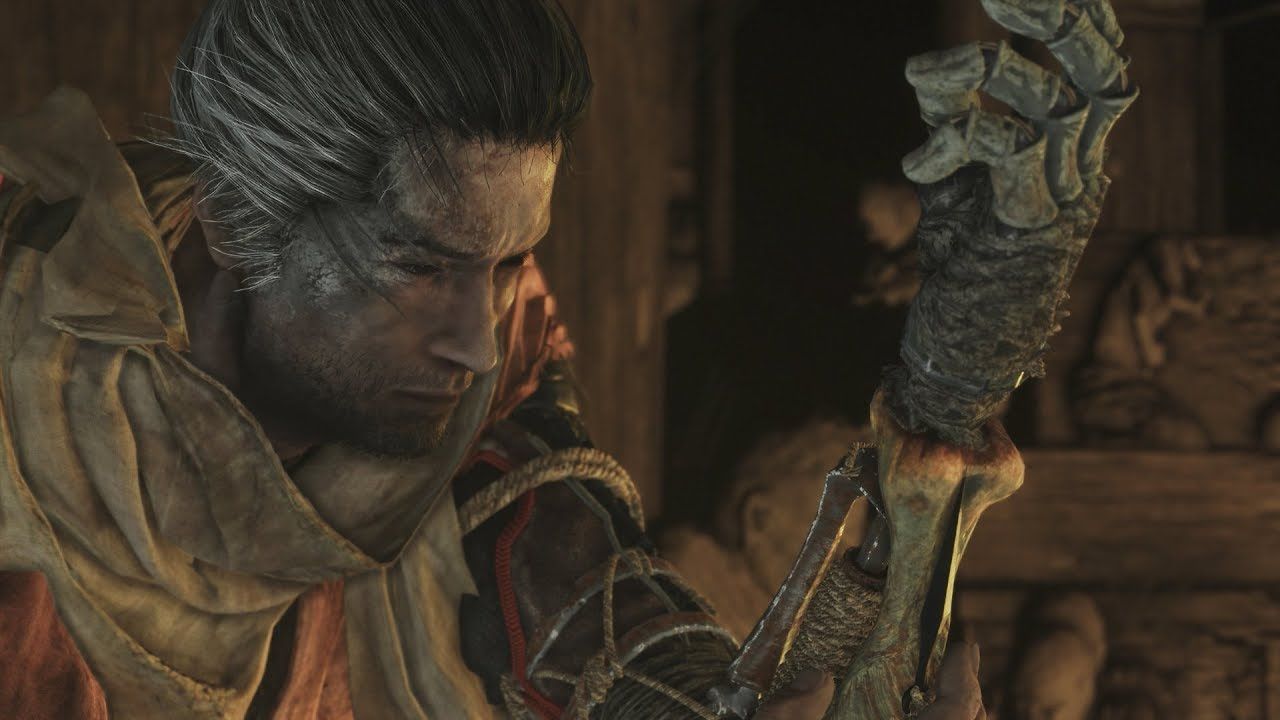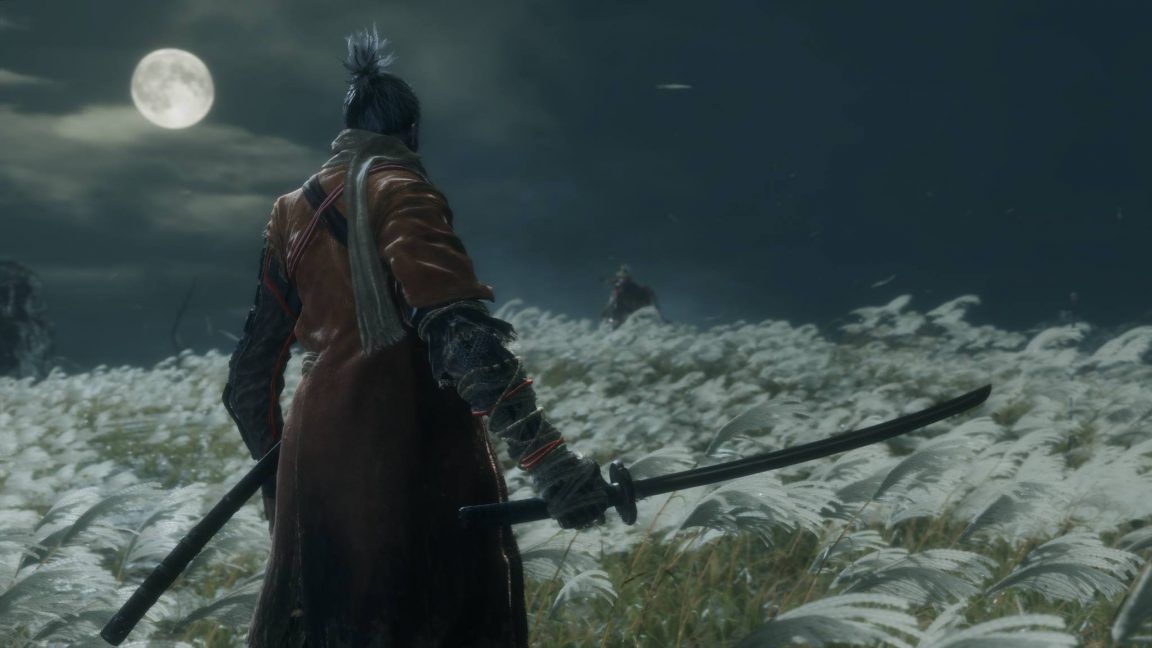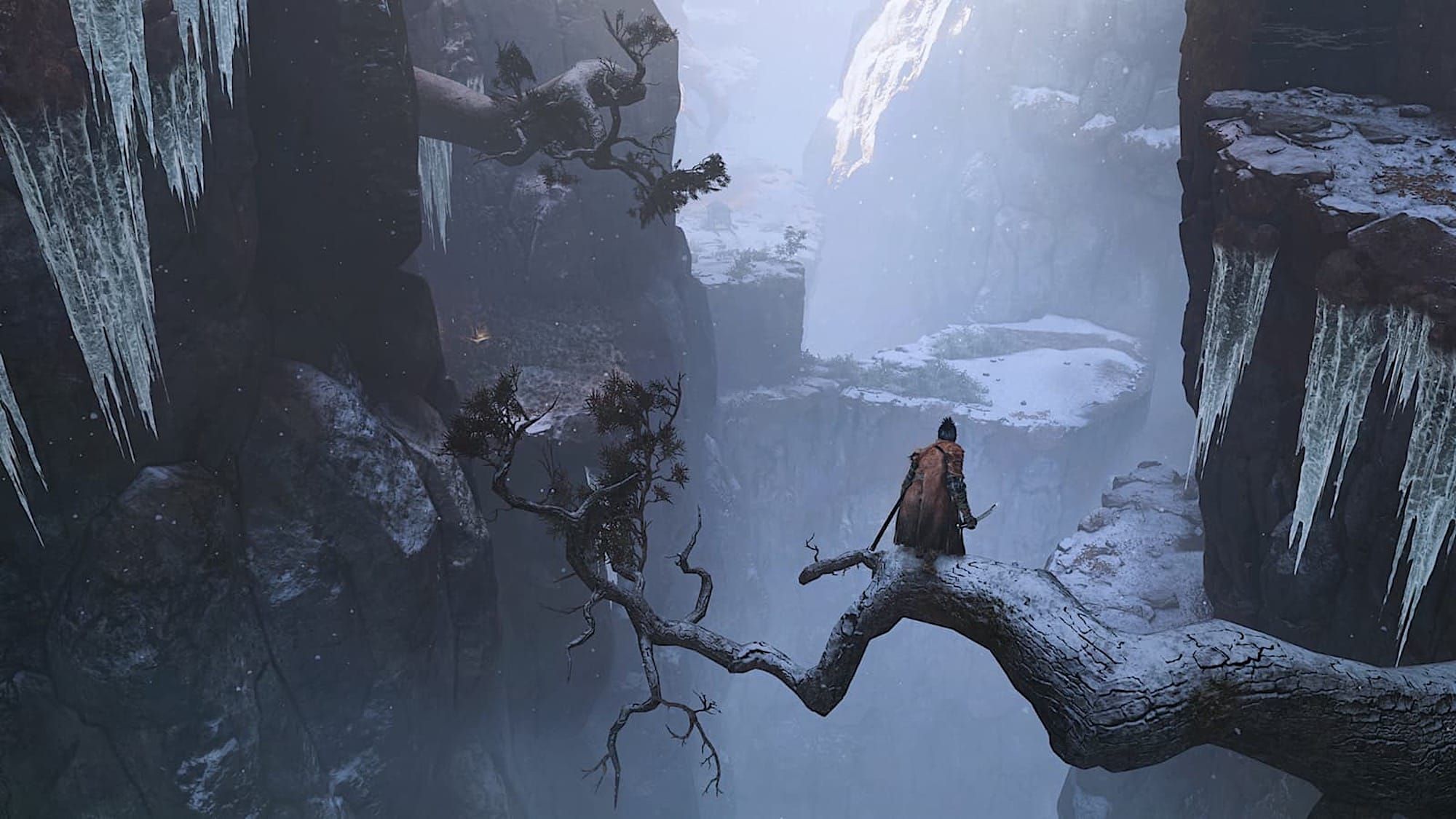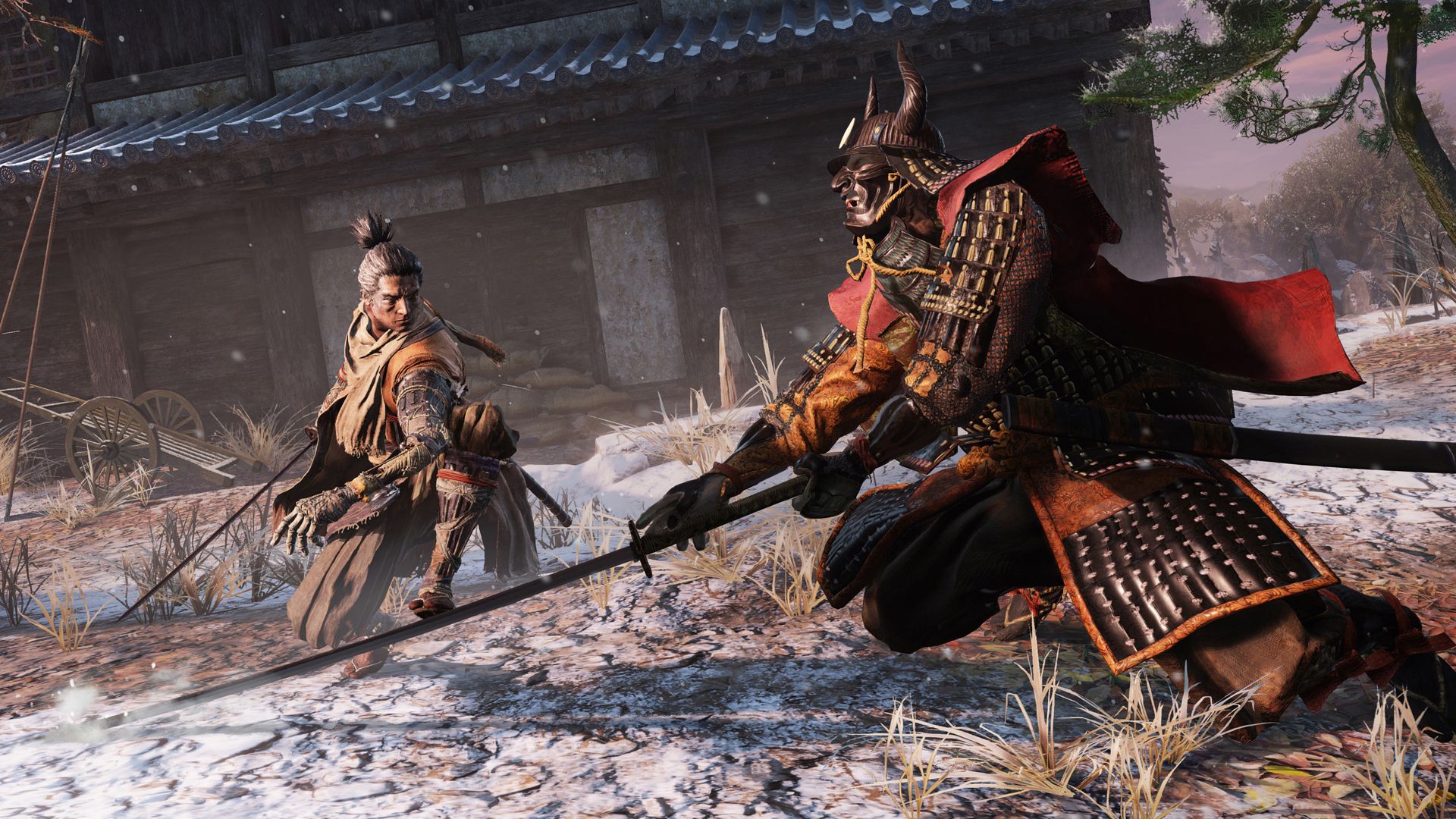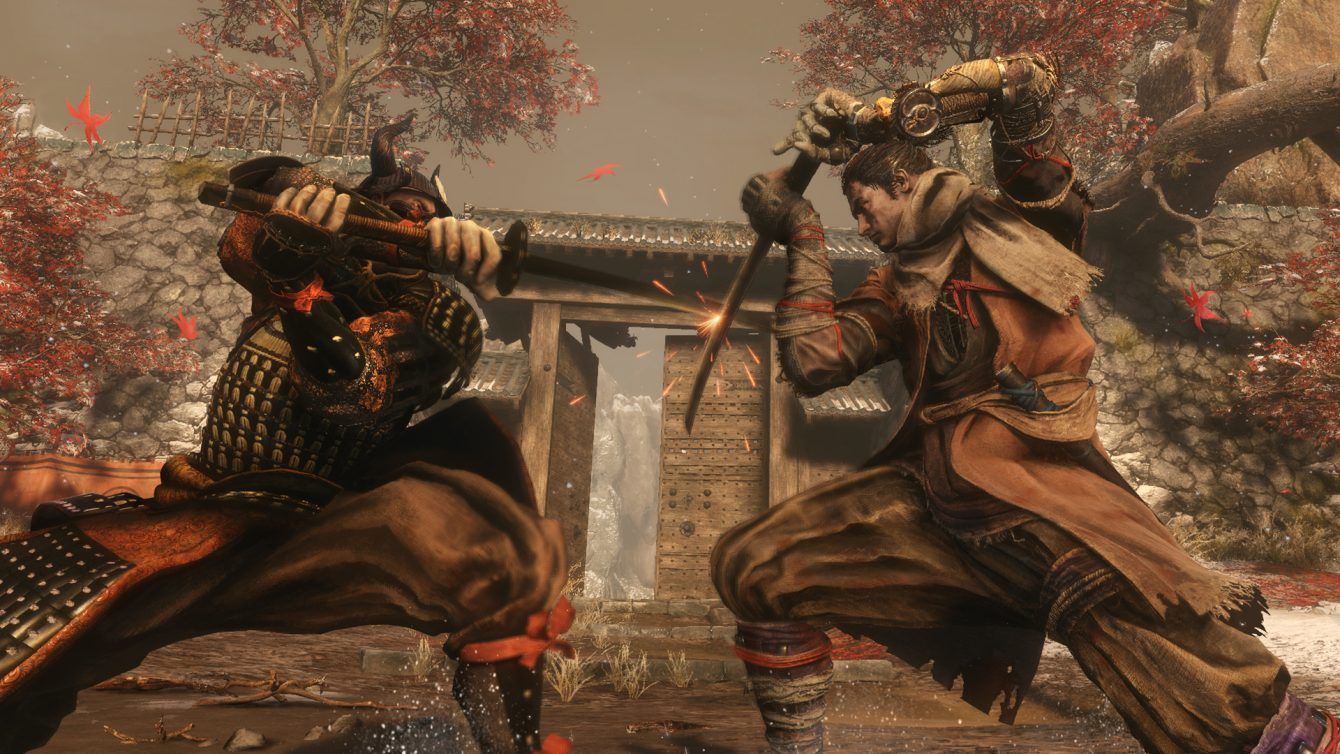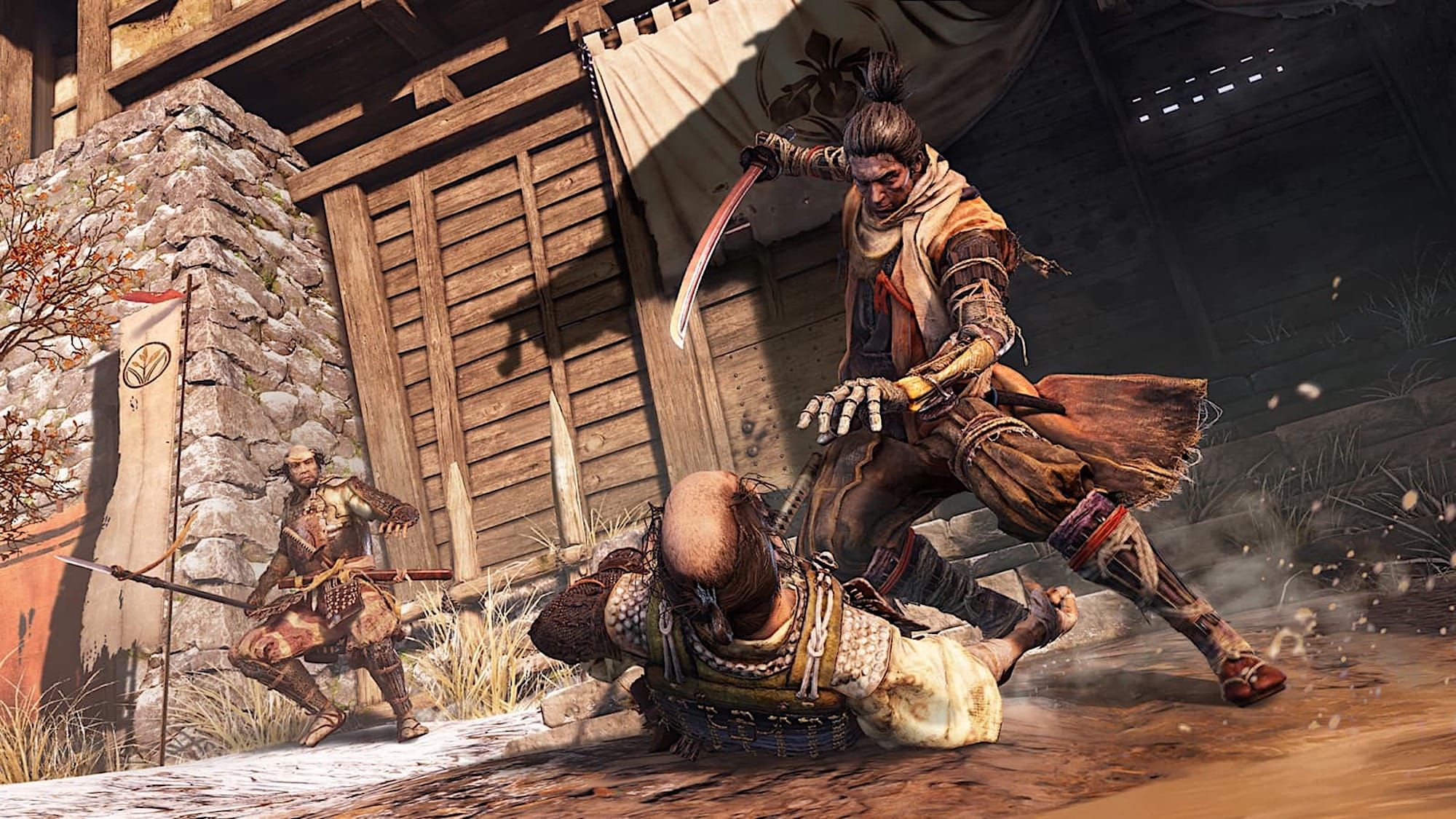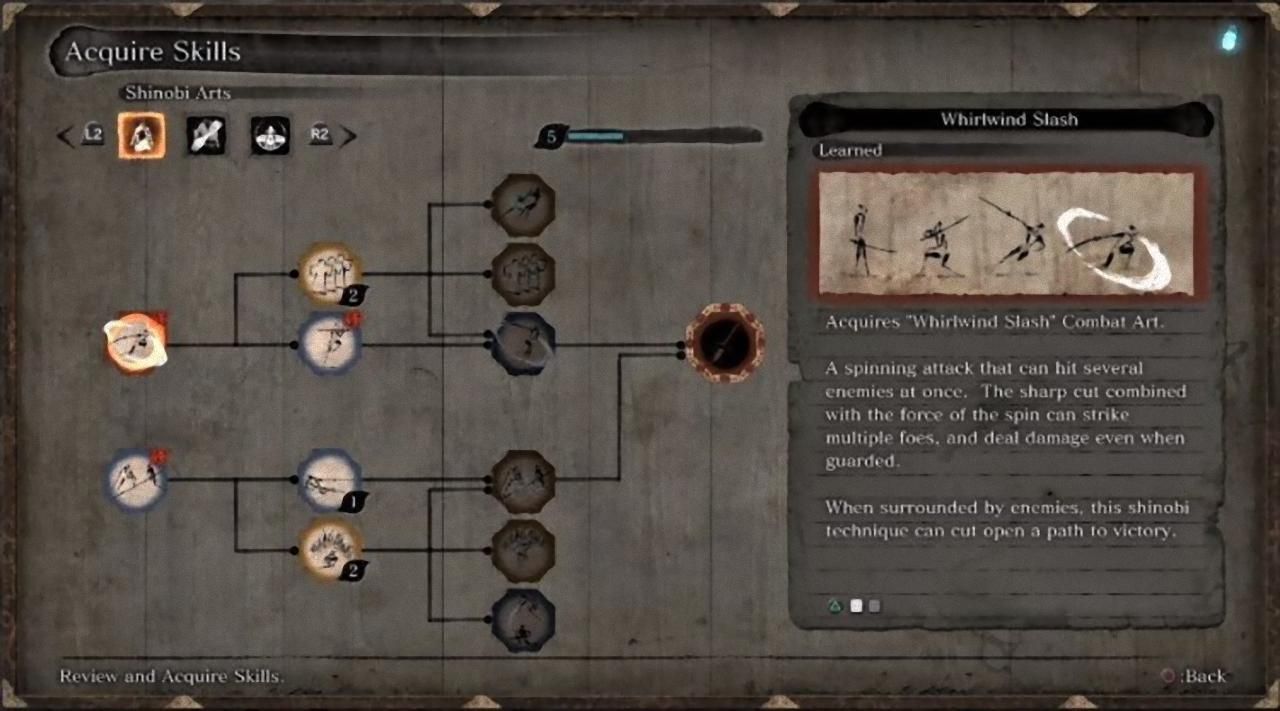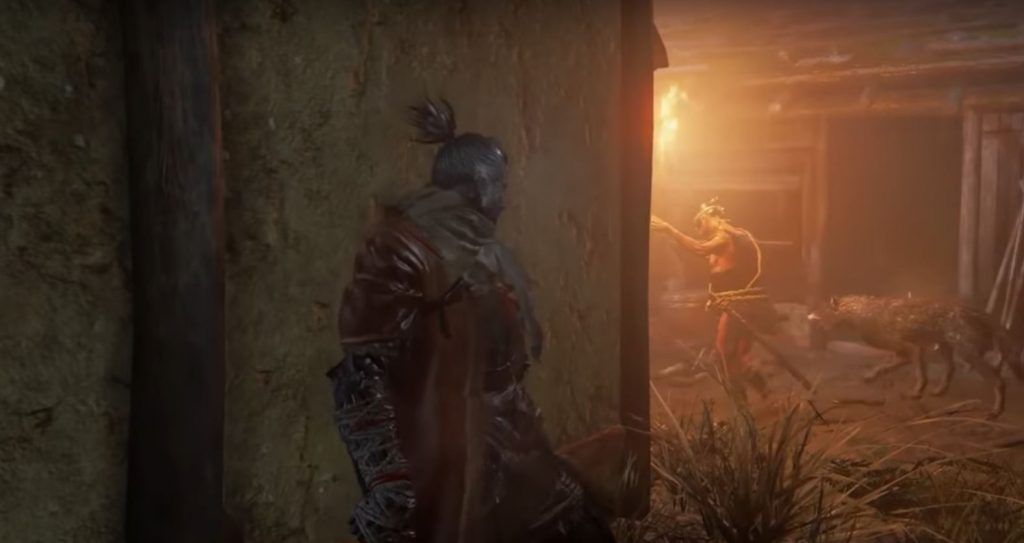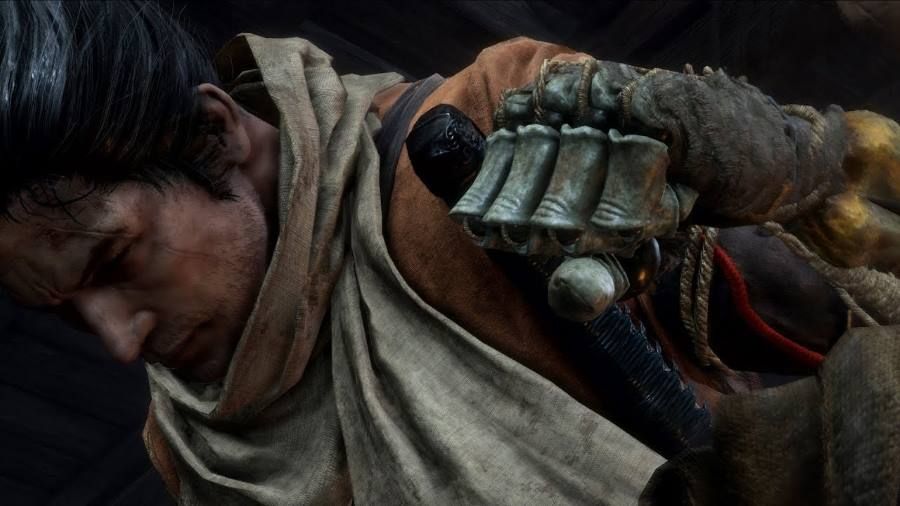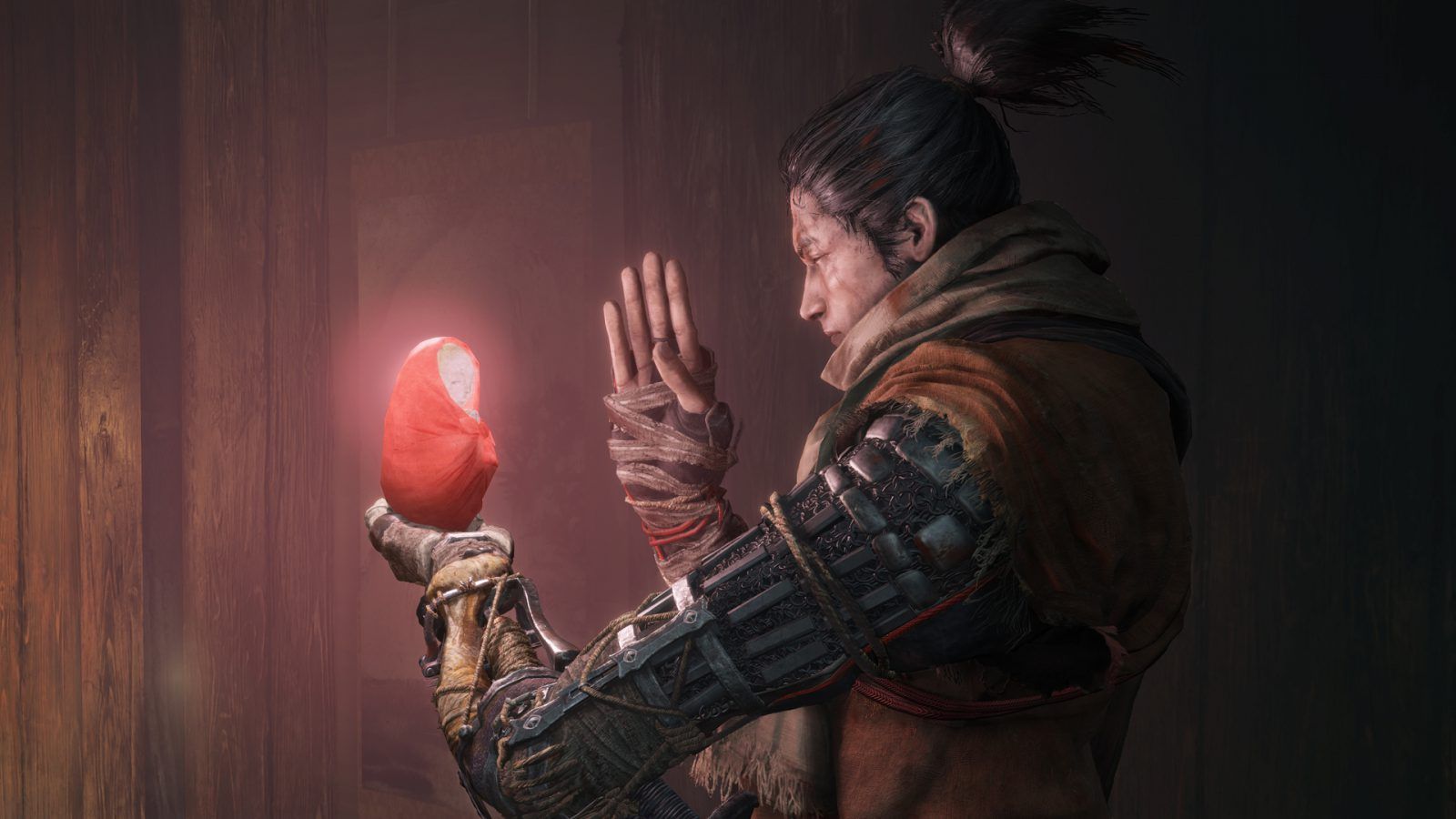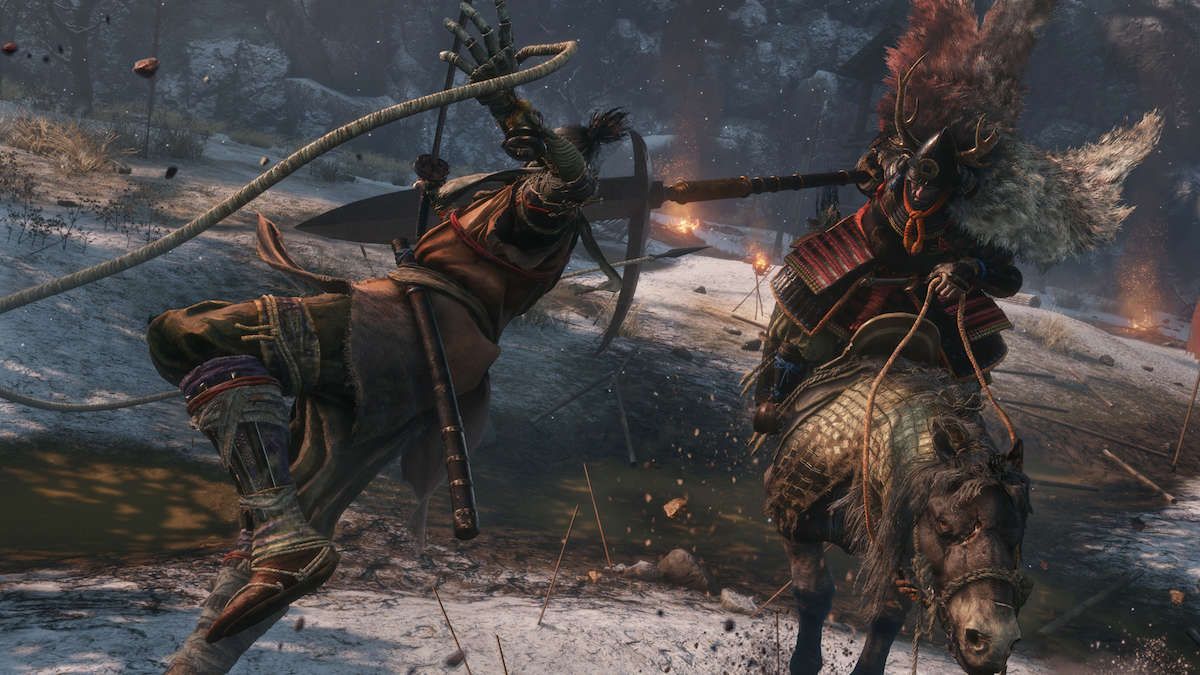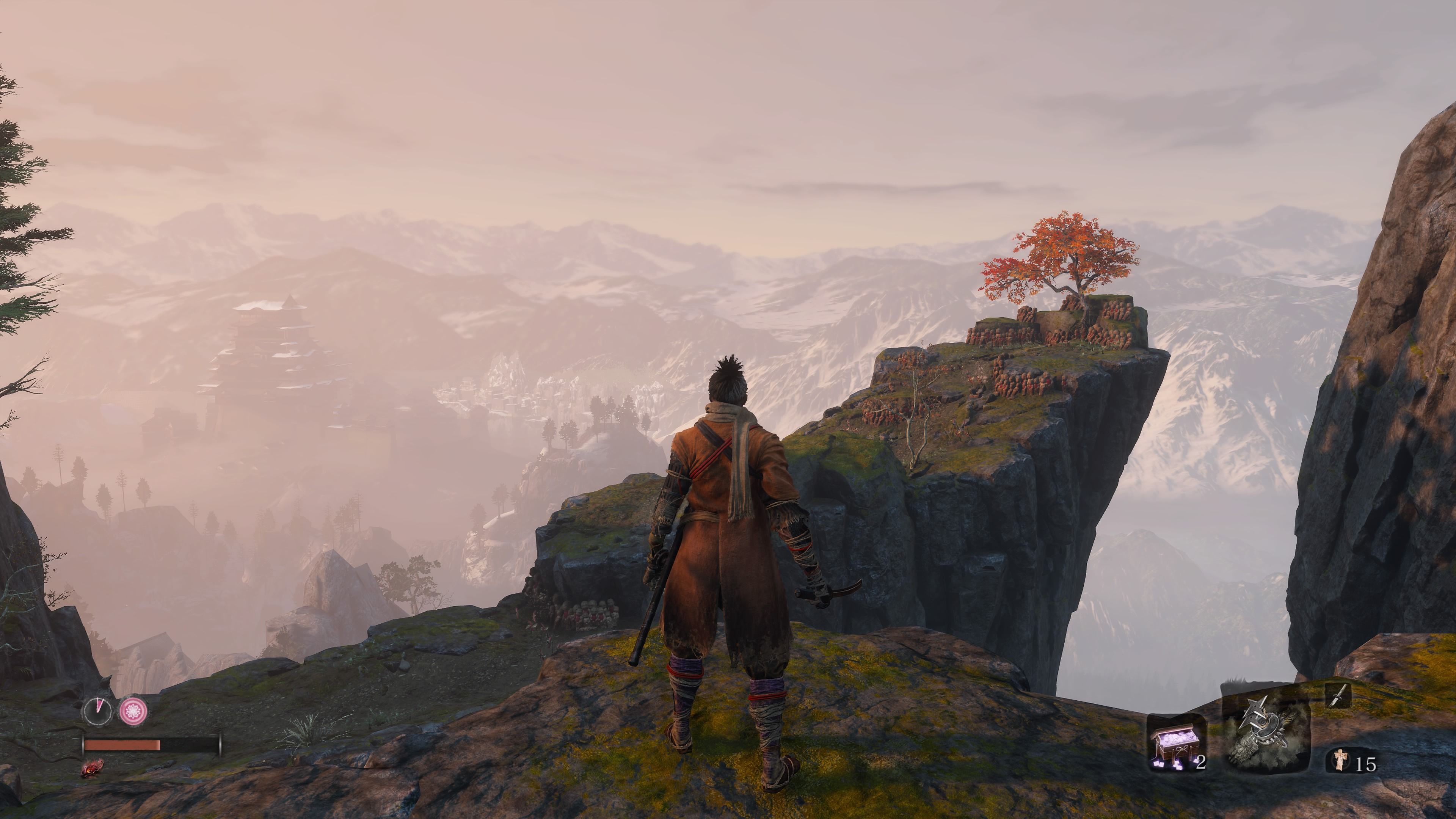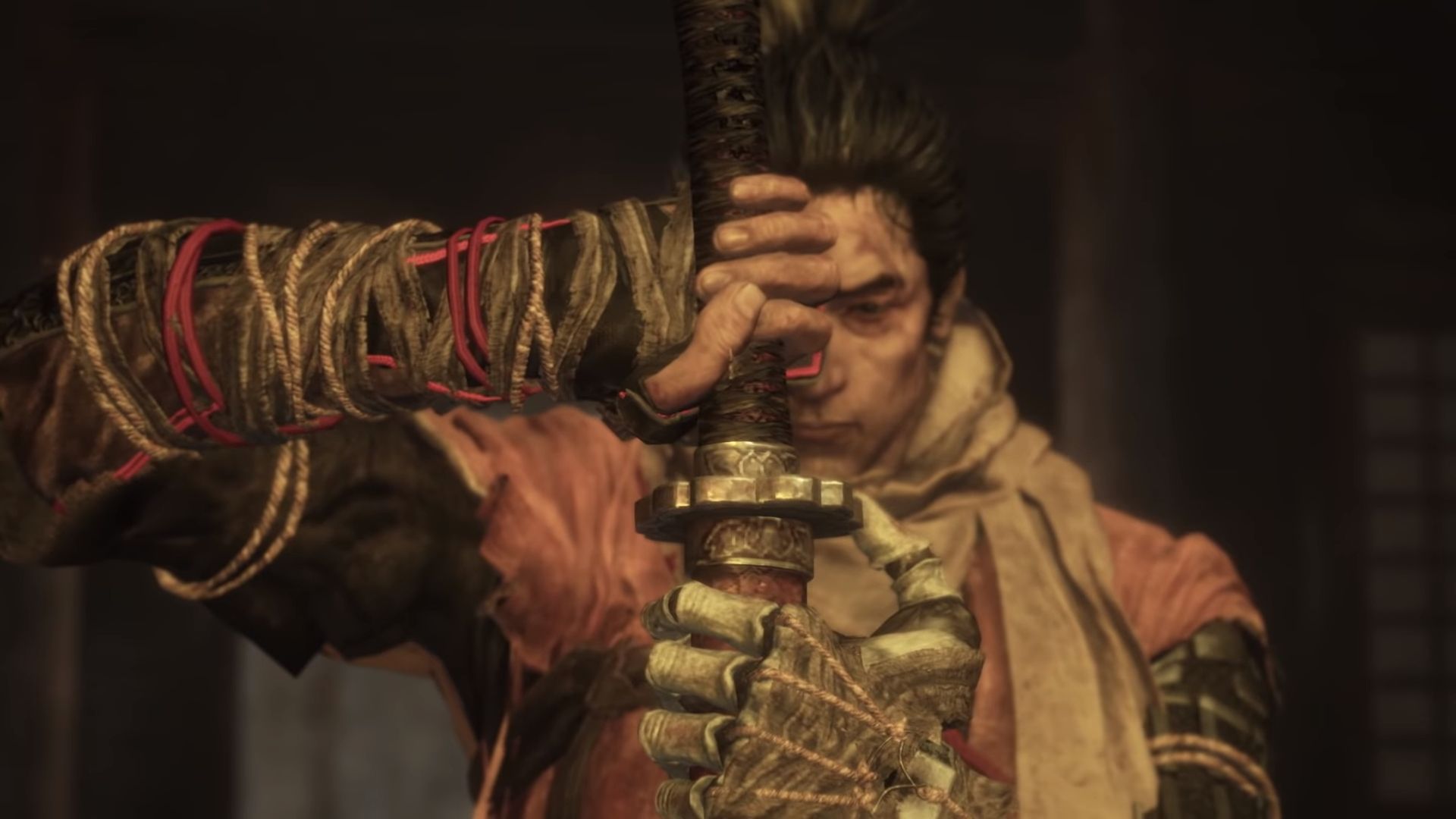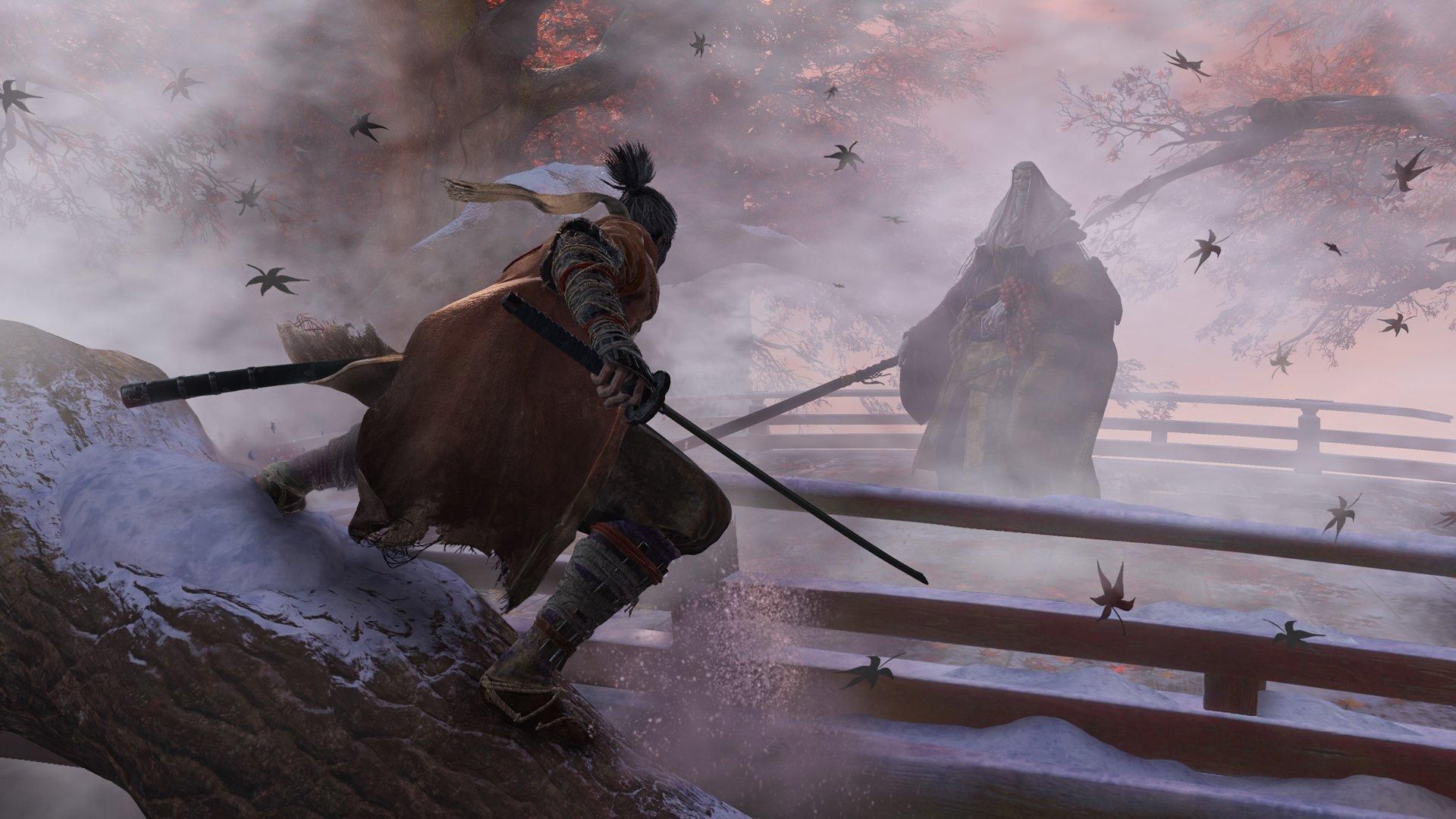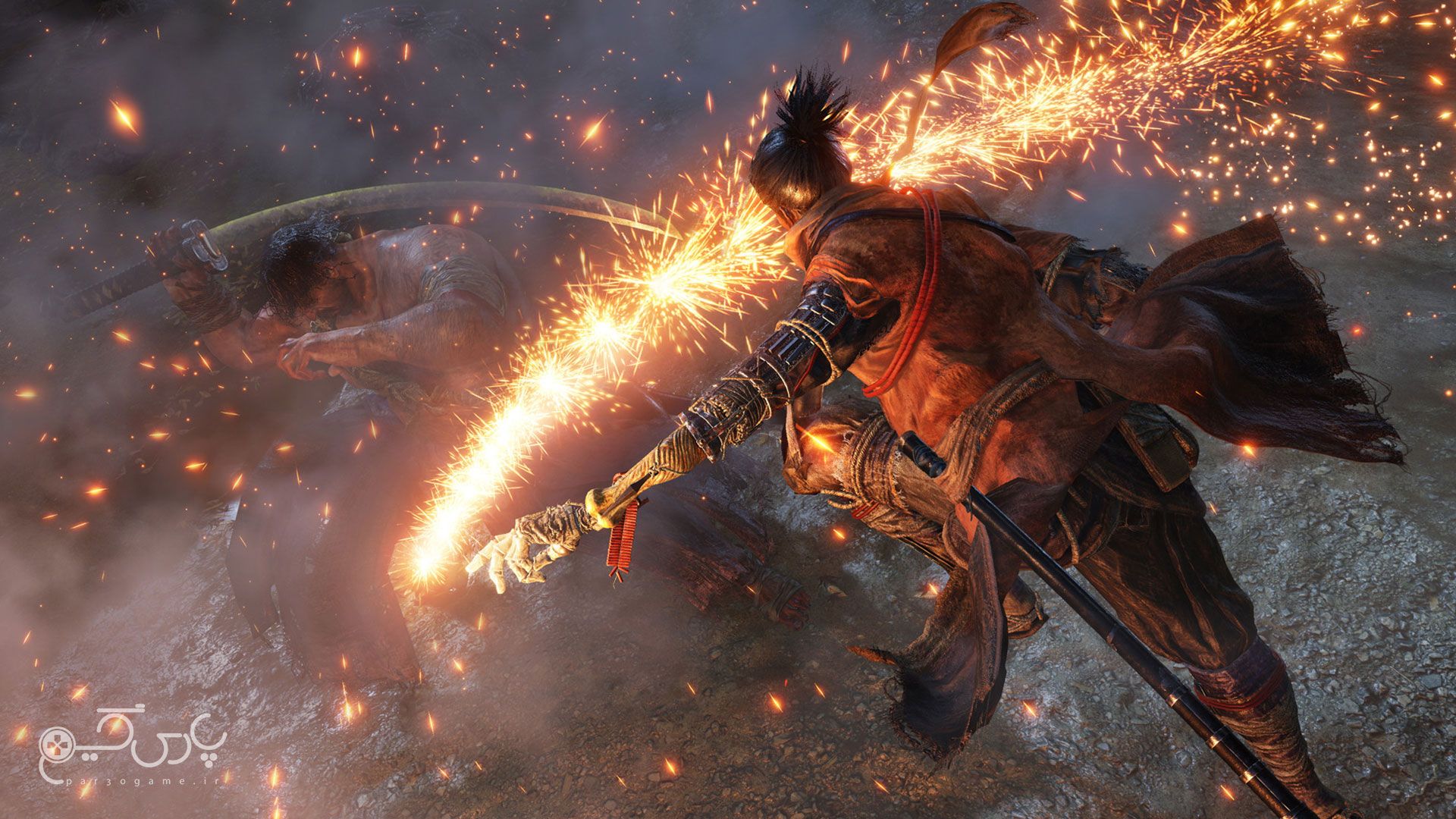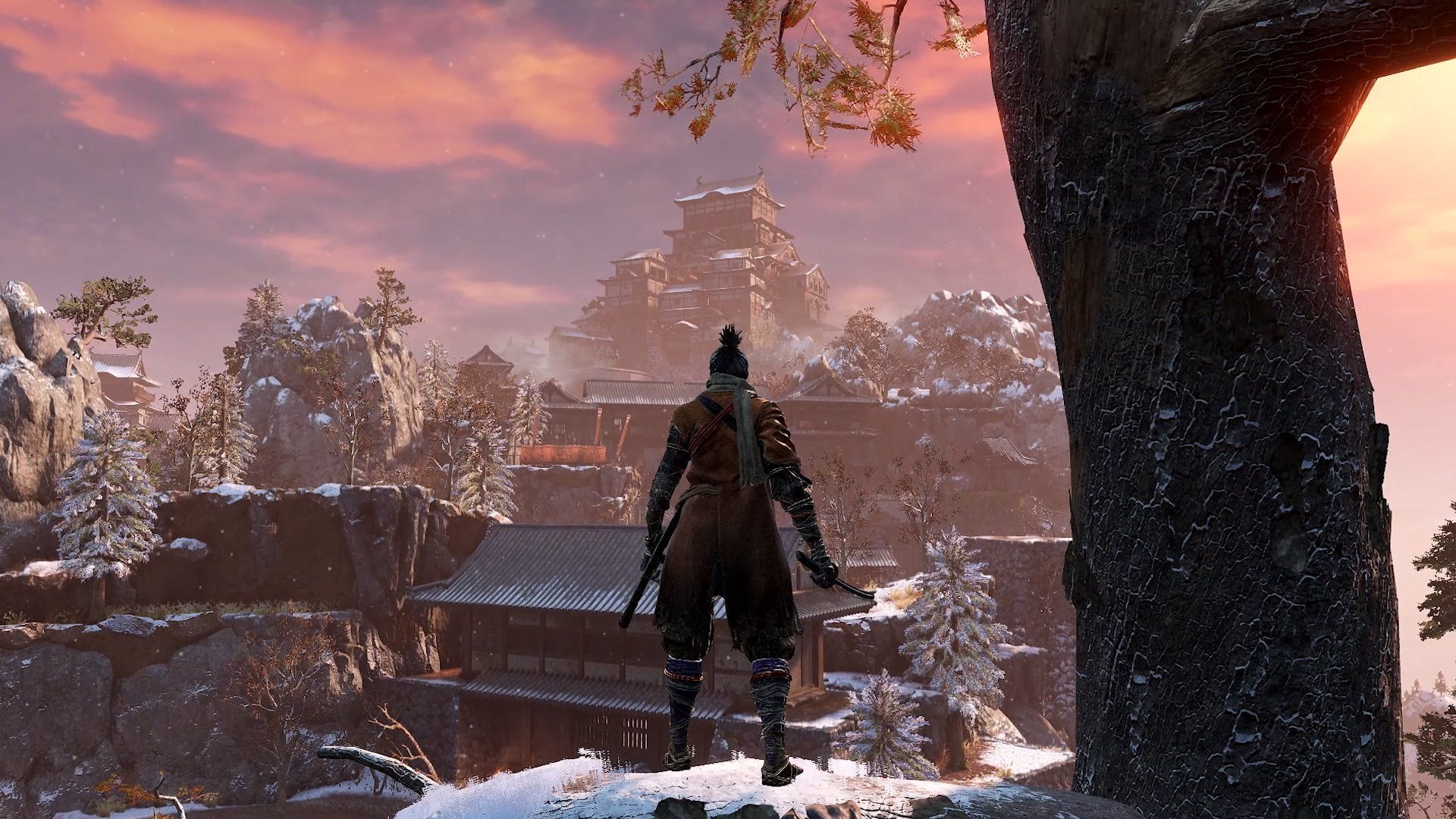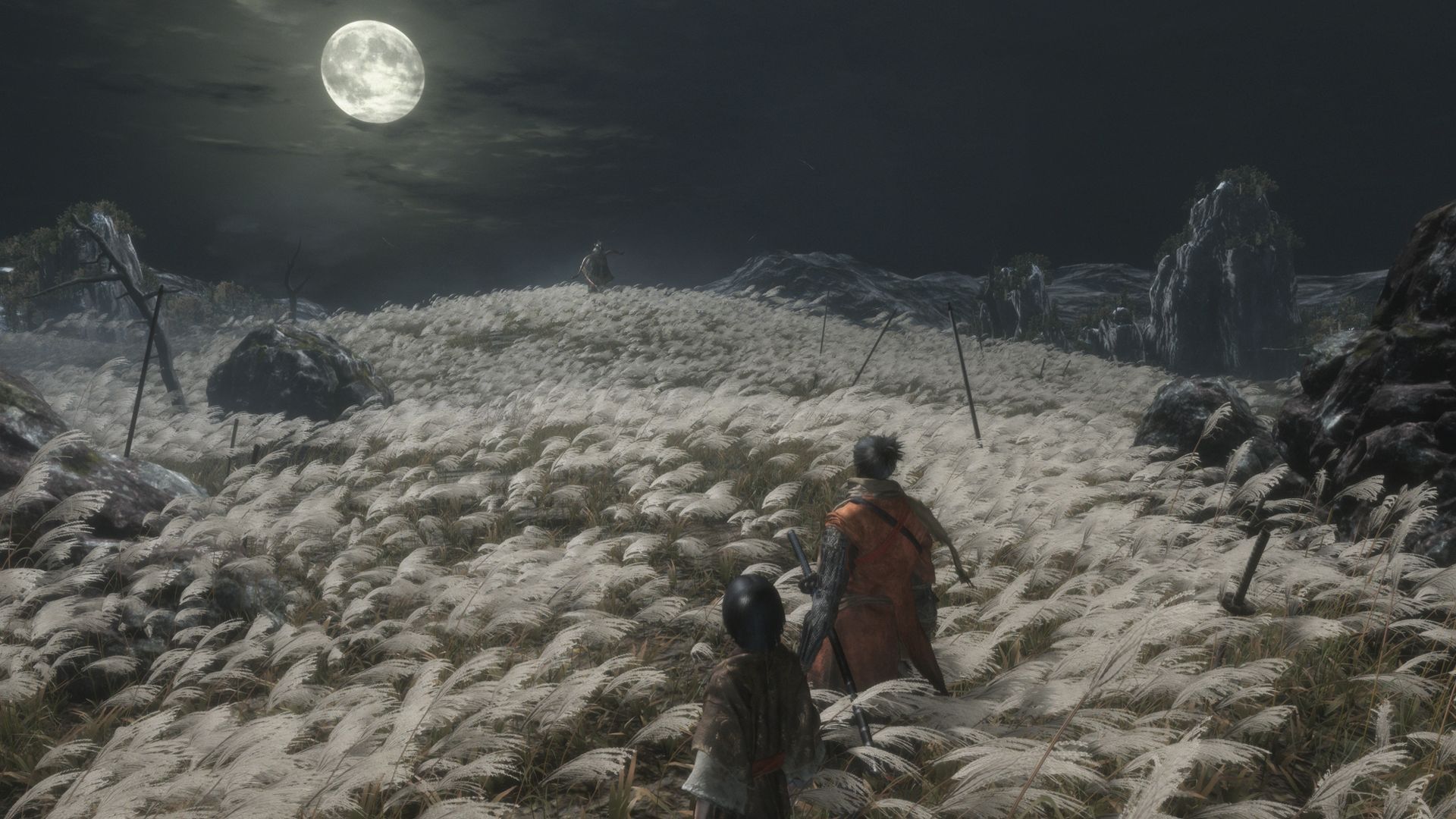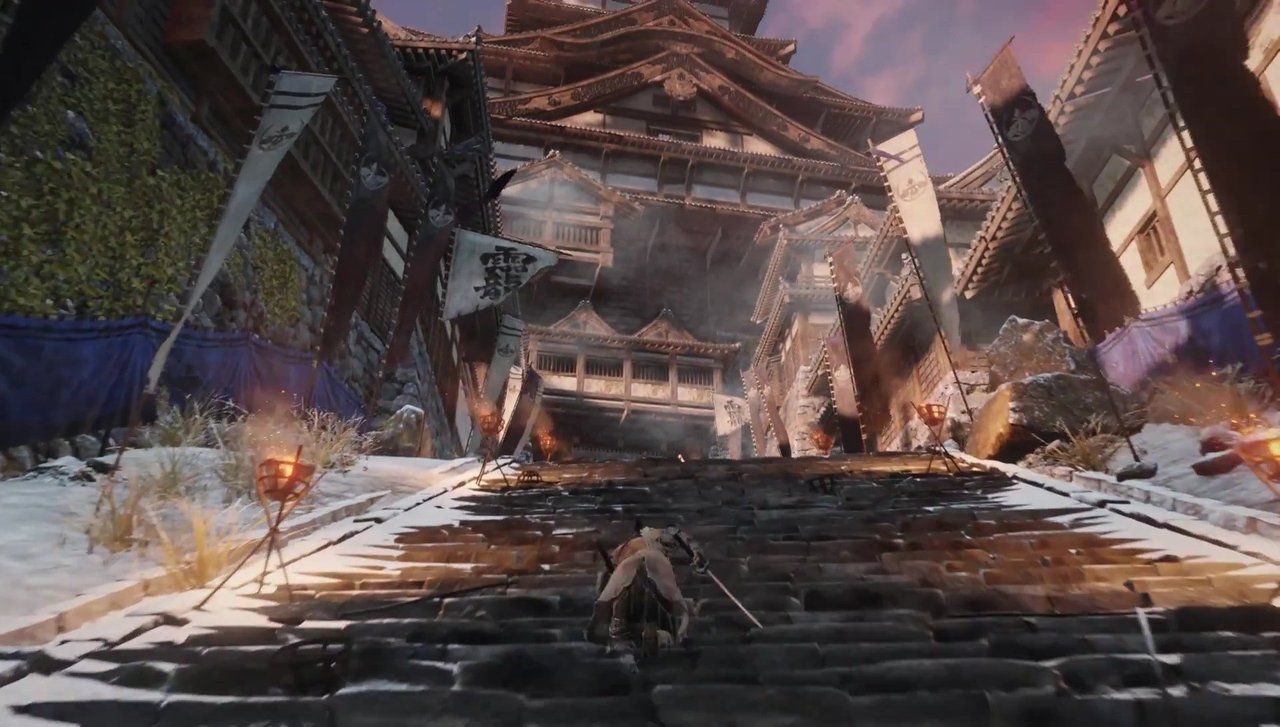When one talks about the developers FromSoftware you feel inclined to talk about the Dark Souls Trilogy. After all, it was a growing cult following that developed for Demon’s Souls, a PlayStation 3 exclusive, and the multiplatform Dark Souls game that brought From’s unique take on the action RPG genre to the mainstream.
So it’s easy to forget that they have been responsible for other great games before the term Souls-like became a sub-genre in its own right. However, even Demon’s Souls was developed as a spiritual successor to the Kings Field series another notoriously difficult but fair dungeon crawler by the developer.
FromSoftware has been responsible for producing and publishing other titles like Armored Core, Chromehounds, Otogi, Eternal Ring, and Enchanted Arms. Unfortunately, said games were not a major hit outside of Japan despite being well-received by fans and critics.
So you can’t blame FromSoft for sticking with the Souls-like formula for almost a decade with three Dark Souls titles and the PlayStation 4 exclusive Bloodborne. However, now that series’ director Hidetaka Miyazaki has stated that the Souls series has ended and there is no sign of a Bloodborne sequel, the developer has been free to create something new in the genre it popularized with Sekiro: Shadows Die Twice.
Set during the 16th century Sengoku period in Japan, thematically Sekiro is already a departure from the Gothic and medieval settings of its predecessors. However, it is the exclusion of the RPG mechanics and its focus on action over stats that sets this title apart.
So does Sekiro: Shadows Die Twice have the soul of a Shinobi or is a FromSoft’s new title a watered down version of the genre it made famous?
25 Good: Character-Driven Story
The Dark Souls series were never games that told stories that developed its characters. Instead, the Souls series tasked players with piecing together its cerebral story through carefully crafted and interconnected worlds and strange NPCs.
Sekiro’s narrative focuses on a defined protagonist with meaningful interactions rather than a silent and created one. So even though there’s still a beautiful world to explore, as in the Souls series, FromSoftware has opted to focus on characters that develop within the game’s world rather than the other way round.
24 Good: Tenchu Fans Will Fall In Love With Sekiro
The Metal Gear Solid series is often regarded as the first game to popularise the action-stealth genre on the PlayStation. However, it was the Tenchu series which not only predated Snake’s first outing on the PS1 but was the more "pure stealth" experience despite not having the sales number of Konami's title.
Interestingly, FromSoftware was responsible for publishing some of the Tenchu games in Japan and Sekiro was originally intended to be a new installment in the largely forgotten stealth ninja series. So despite having its lineage in the Dark Souls series, fans of Sekiro: Shadows Die Twice should note it shares a lot of its DNA with Tenchu and could be regarded as an homage to that series.
23 Bad: The Character’s Face Models Seem Low-Tech
Visually, FromSoftware’s Dark Souls 3 and Bloodborne are still two of the best looking games this generation. However, the character faces never looked much better than the ones seen Demon’s Souls on the PlayStation 3.
The faces have a sort lifeless look about them which worked well for the worlds that Dark Souls and Bloodborne existed in but in a character-driven story like Sekiro, it would have been nice to see something on par with the likes of recent action titles like Devil May Cry 5.
22 Good: The Art Direction Is Fantastic
Beyond the incredible gameplay, there’s another reason why FromSoftware’s Dark Souls series has stood the test of time, and that is the art style. This style has been distinctive since the first in the series and extends to everything from creature design, armor, and weapons.
Like the Souls series Sekiro: Shadows Die Twice has beautiful art design. Sekiro though sets itself apart from the Souls series with its unique world inspired by Japanese mythology, temples, Shinobi, and Samurai. Instead of the medieval and Gothic art style that we associate with the developers, Sekiro resembles antique Japanese silk scroll paintings and it’s beautiful.
21 Good: Environmental Level Design
For veterans of the Souls series, Sekiro’s world design and the engine will feel familiar. Everything feels distinct and memorable in its own way and just like Souls, the interconnected level design is unmatched in the genre.
Sekiro’s world feels more open than ever before with snow-filled lands to duel on, long blades of grass to hide in, and rooftops accessible with your grappling hook. Sekiro is a faster, more explorable experience than its predecessors and there’s a sense of freedom and power not seen before in a From title.
20 Bad: Souls Fans May Struggle At First
Sekiro: Shadows Die Twice being the first new IP coming from Dark Souls Director Hidetaka Miyazaki since Bloodborne released four years ago on the PlayStation 4. Naturally, fans of Miyazaki’s work have been waiting with a great deal of excitement for his latest work.
However, Souls veterans expecting to dive into Sekiro armed with just their experience of the previous titles may find themselves surprised by how different this new game is. The game is faster than its predecessors and will require quite a bit of practice to master it the combat.
19 Good: The Battle System Is Arguably Better Than Souls
As you’d expect from the creators of the Dark Souls series Sekiro: Shadows Die Twicehas a difficult to master yet fair combat system. In Sekiro, there is more emphasis on speed, timing counters and parrying more than ever before.
Anticipating your opponent's attacks is important too as you attempt to break their poise by side-stepping, hitting flurries of combinations, and eventually landing that all-important finishing move.
18 Good: Impressive Tactical Swordplay
There are very few games on the market that really focus on delivering tactical and real back and forth swordplay. In recent years there has been Kingdom Come: Deliverance, For Honor, Metal Gear: Rising, and of course, the Dark Souls series to some extent offer a more cerebral approach to sword fighting.
Sekiro does a good job of combining all the best elements of the back and forth swordplay you’ll find in the aforementioned titles. Some old-school gamers may remember sword fighting sims called Bushido Blade and Kengo, which focused a pure hardcore experience where one hit could end the fight.
Sekiro isn’t quite as unforgiving but it is very close in terms of tactics and back and forth action, where the fight could still end very quickly and will give the impression that Sekiro is harder than its predecessors until you adjust your playstyle.
17 Bad: The Lack Of RPG Mechanics
Sekiro: Shadows Die Twice has shifted its focus to a more straight-forward storytelling style than the Dark Souls and Bloodborne games. As a result, FromSoftware has opted to do away with many of the RPG mechanics that fans will be used to.
There’s still a sense of RPG-like progression but instead of developing your character down to every last statistic there’s a skill tree for you to unlock abilities. However, in order to unlock these skill trees, you will need to find certain key items in the world. It’s a progression system that seems to aim at making Sekiro a more accessible title than its predecessors.
16 Good: The Stealth Mechanics Work Very Well
There are very few games that succeed in providing a good stealth experience in a game. The purpose of a stealth game is to make the player feel powerful and skillful at the same time. A good action-stealth game needs to find a balance between action and sneaking around.
We’ve seen this executed perfectly in the Batman Arkham series, Splinter Cell, Dishonored, and Metal Gear Solid. You can now add Sekiro: Shadows Die Twice to that elite list too, attacking from hidden vantage points is so smooth and fluid that it’s incredibly satisfying and rewarding.
15 Good: Easier To Pick Up Than Souls
Sekiro: Shadows Die Twice is a very difficult game and will be even harder to truly master without patience and practice. Enemies seem to be more determined than ever before if they spot you and can put an end to your character in just a few hits.
However, once you get your timing in combat correct and realize that the enemies can be taken down in the exact same manner as you, then Sekiro becomes a lot less intimidating. For this reason alone it’s a lot easier to get to grips with than other Soulsborne titles but the game’s progression system is a lot easier for newcomers to get their heads around too.
14 Bad: Sekiro Will Be Inaccessible To Some Gamers
In 2019, a lot of gamers, especially in the younger generation, seem to be gravitating more towards online multiplayer games. This is especially true with the Fortnite and Apex Legends players who love nothing more than being able to jump into a game and get straight to playing.
Sadly, as brilliant as Sekiro and the other Soulsborne games are, the amount of patience and time needed to be fully invested won’t pull in new players that have moved away from single-player experiences.
13 Good: The Boss Fights Are Excellent
The bosses in FromSoftware games have always been a major attraction for the fans and Sekiro: Shadows Die Twice continues in that tradition. In terms of scale, they aren’t quite as epic or as intense as the Souls games but they are equally as thrilling.
The bosses and mini-boss encounters put players on a level playing field with their enemies and those familiar with Bloodborne’s Father Gascoigne boss fight will remember it as one of the best encounters in the game for this very reason.
12 Bad: There's No Multiplayer Option
For many, FromSoftware did multiplayer right in what are predominantly single-player experiences with Demon/Dark Souls and Bloodborne. Gamers could team up and co-operatively defeat bosses together, invade games as a phantom and even leave helpful – or not so helpful – notes for others to find.
Sekiro: Shadows Die Twice is a solitary experience without any of the online features fans may have come to expect from a Soulsborne title. With swordplay so technical, it seems a shame that players can't put their skills to the test against each other in a PvP mode.
This does mean, however, that gamers can now pause the game whenever they want and the developers were free to focus on a single player experience that’s unique to the player.
11 Good: Practicing With Hanbei
As we’ve mentioned in typical FromSoftware fashion Sekiro: Shadows Die Twice is a very difficult game that takes time and practice to master. Thankfully, the developers have given players the perfect way to master everything that the game offers in combat in the form of a Hanbei.
You’ll find Hanbei on the Dilapidated Temple grounds and conversing with him after you’ve completed basic training and then defeated the General will unlock a ‘free combat’ mode as well as advanced training options as you progress. For all intents and purposes, Hanbei is like a training dummy for you to master your skills and techniques on.
10 Bad: The Lack Of Weapon Variety
In Sekiro: Shadows Die Twice, your character is a predetermined class and that’s a Shinobi. As a result, you are restricted to using one weapon type and that’s the Katana. The katana is called Kusabimaru and this can only be enhanced with the Prosthetic Tools. Wolf also carries a secondary weapon called the Fushigiri and this is only used for Shinobi finishing moves.
Those used to the Dark Souls series may find the restrictions on weapons a little jarring at first. However, the upside is the combat is better than all its predecessors as a result of focusing on one main weapon.
9 Good: The Incidental Music Puts You Right Into The Action
For the title's music, Sekiro: Shadows Die Twice uses Dark Souls and Bloodborne composer Yuka Kitamura. However, unlike the Souls series, Kitamura’s soundtrack is playing in the background as you play through rather than sticking to the boss battles. Kitamura used a combination of traditional Japanese flutes and drums along with the cello, violins, and vocals.
The incidental soundtrack fuels the excitement and ramps up the tension in battles. Additionally, the music also adapts to your actions when you decide to take the stealthy route too.
8 Bad: Repetitive Level Design
The lands that you will tread in Sekiro: Shadows Die Twice are beautiful to explore. The game’s artistic flair is something that needs to be seen to be believed. There will be many moments where you’ll want to stop and take in the beauty of it all.
Unfortunately, there’s seems to be lack of variety when it comes to the level design. You will feel like you have tread on the same ground before on more than one occasion. This is especially true when compared with the variety seen in Dark Souls’ levels.
7 Good: The Atmospheric Sound Design
In addition to the fantastic music, Sekiro features fantastic sound design. Veterans that loved the quiet and atmospheric sound effects of the Dark Souls series can turn the music off and enjoy the ambiance.
The sound of the wind below you when standing on the edge of a cliff, raindrops on leaves, and the faint sound of insects in distance all combine to give it that distinct Souls-like feel. Additionally, the sound of swords clashing at a ferocious pace is just as intense as the music during combat.
6 Bad: You Can't Customize Your Character's Look
One of the more disappointing aspects of Sekiro: Shadows Die Twice is the lack of control over your character’s look. FromSoftware obviously wanted to maintain your character’s fighting style and speed, forcing the players to truly master Wolf’s Shinobi fighting style.
However, it would have been nice if the game allowed the player to cosmetically change your character’s look without having any effect on statistics. It would have been nice if there was an option to make your character look like ninja decked out in black or a shogun, for example, just for your own personal enjoyment.

